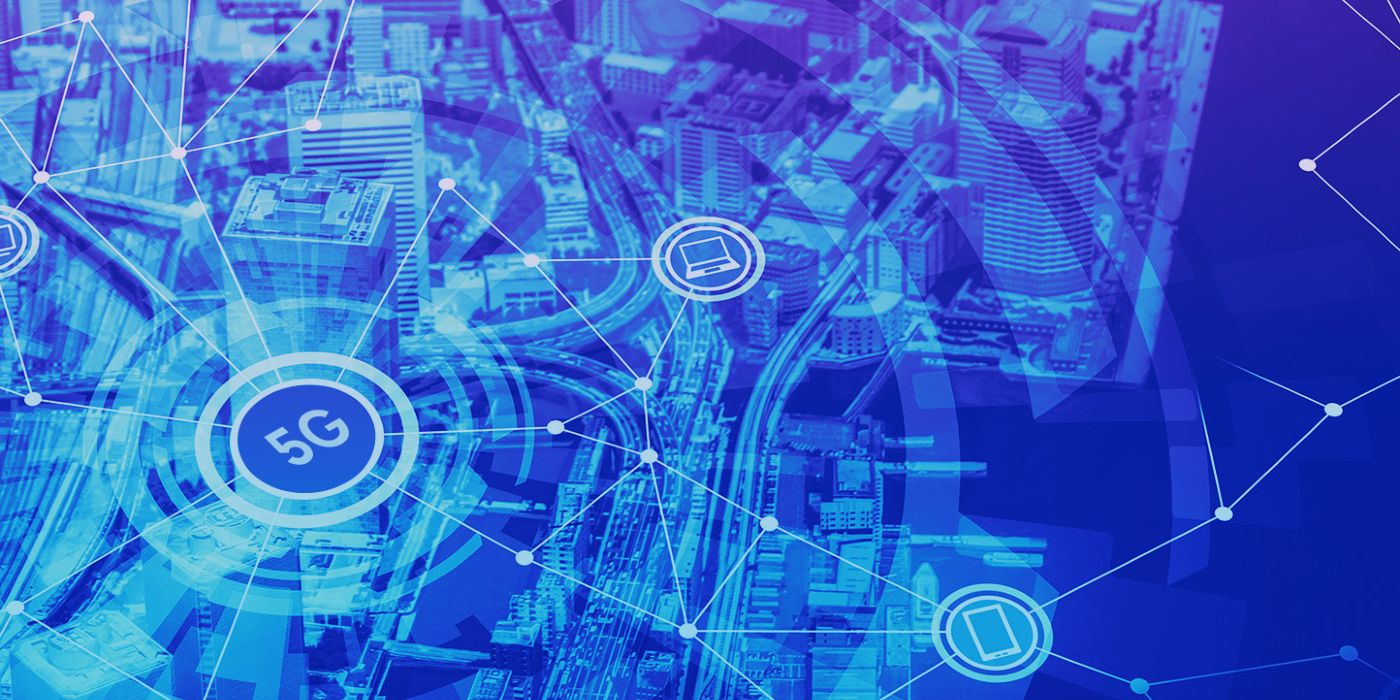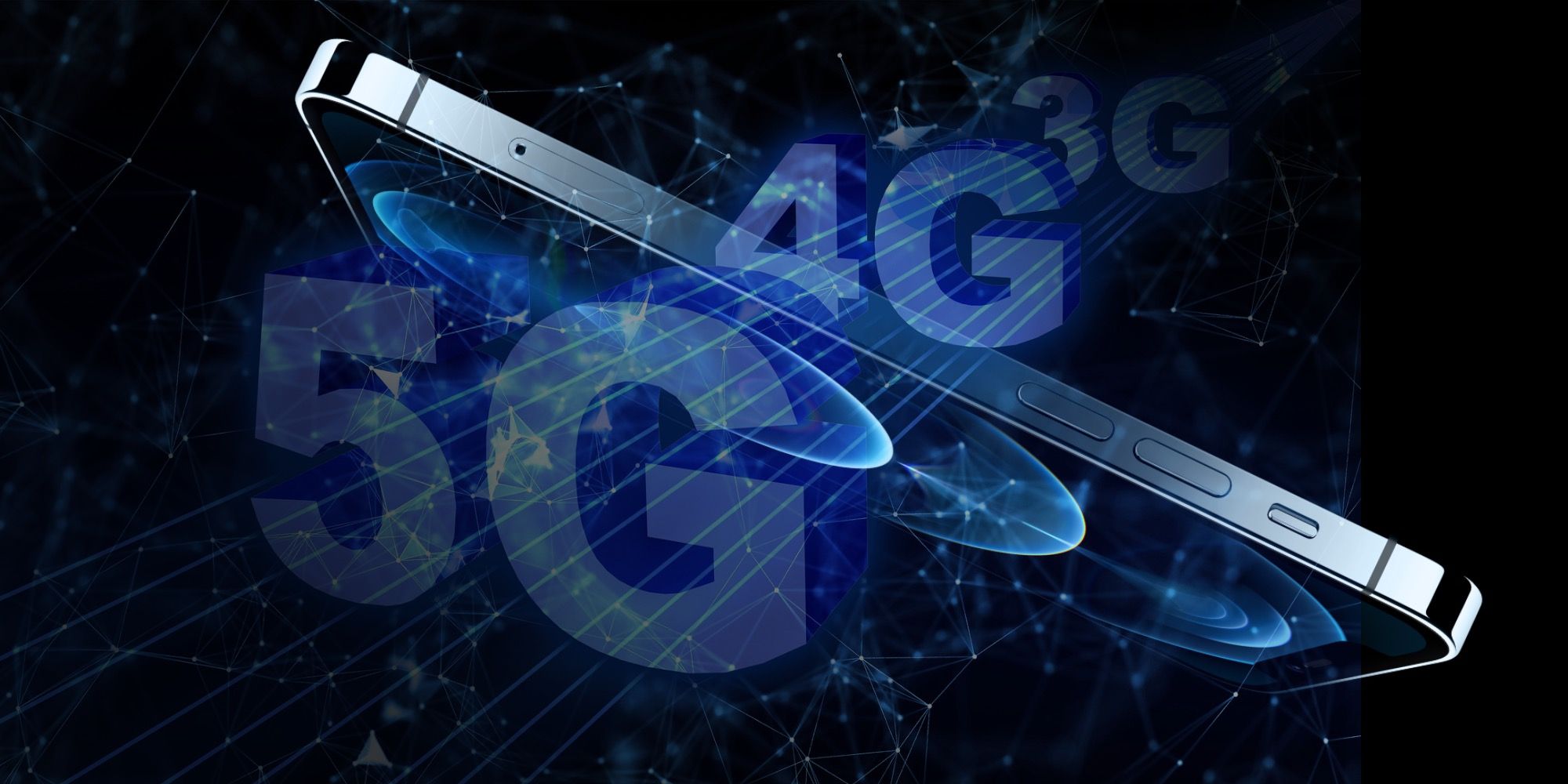With the promise of ultra-fast data speeds, optimized internet accessibility, and uninterrupted video streaming, 5G is a revolutionary wireless mobile technology. Introduced in 2019, the technology has been rolled out in more than 20 countries spread across six continents. AT&T, Qualcomm, and Huawei are some of the tech firms spearheading the migration of the world to this new type of network.
The 5G breakthrough is not just a win for the tech industry. The automotive, medical, engineering, entertainment, agriculture, music, and education industries, as well as many others, all stand to benefit a great deal from the development. The potential for enhanced internet of things (IoT) technologies in agriculture, more efficient production lines, and advanced telemedicine makes 5G hugely beyond just mobile devices.
Of course, mobile phones are the primary devices for using 5G, but the increased network capacity means that other devices — like laptops, desktops, and IoT products — can make use of it in a greater way than ever before with mobile networks. Its predecessor, 4G, was, of course, an improvement over 3G and came with a peak data speed of 1000 megabit per second, which is not bad at all. But, as the number of internet users and connected devices is continuing to grow rapidly, a better alternative was always going to be required.
5G: The New Normal Mobile Network
5G gives data speeds of up to 1.8 GB per second and has been projected to eventually offer up to five times more speed, at 10 GB per second, which would represent the fastest ever speed for a wireless mobile network. This translates into hyper-fast internet downloads, optimized video-conferencing, seamless online video streaming, and so on.
In Asia, South Korea And China were the first to roll out the technology and were followed by Japan, Oman, Philippines, Qatar, and a couple of other countries. In the Americas, the US led the way and was soon joined by Colombia, Canada, Brazil, and others. Europe, on the other hand, has more than 300 5G spots distributed across the UK, Ireland, Poland, Russia, Germany, Spain, Italy, and a host of other countries. Africa boasts of the presence of 5G in places like Libya, Lesotho, and South Africa. Australasia is not left behind either, with Australia and New Zealand having adopted the technology.
However, 5G is not compatible with 4G and 3G devices, so people who want to benefit from it will have to replace their old devices with ones that support it, if they haven't already. Among the smartphones that support 5G are the iPhone 12, Samsung Galaxy S20 series, Google Pixel 4a, and the OnePlus Nord N10 5G.
Clearly, 5G is a gamechanger, but there is no discussing the subject without touching on the conspiracy theories that surround it. Social media has been inundated with speculation that 5G is to blame for cancers and even the COVID-19 pandemic. The WHO and other health experts have begged to differ, insisting that 5G’s radiofrequency amount is way below levels that could prove dangerous. Since no credible data has come to disprove this, people can rest easy, accept 5G as a great innovation, and enjoy its many perks.


